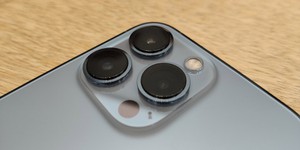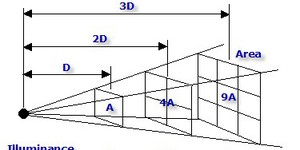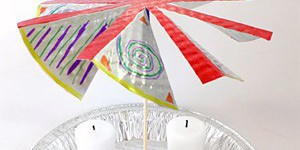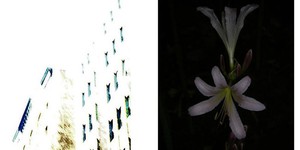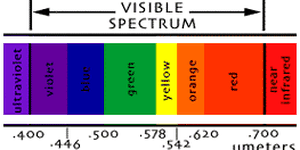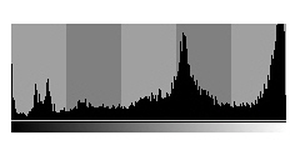Others Like “Pinholes, Light and Aperture Size” (top 20 results)
|
If you sit under a leafy tree on a sunny day, you may notice spots of sunlight on the ground from light passing through spaces between the leaves. Try putting a piece of cardboard on the ground and examining the spots of light on the cardboard. Even though the spaces through which the light is passing are irregular in shape, the spots on the cardboard are round. What you are seeing, in fact, are projected images of the sun. Light passing through an aperture forms an image. A pinhole camera…
Read more
Do you ever use the manual camera settings when taking pictures with your phone? Does your phone have more than one camera lens? This project is a great way to learn more about your phone's camera(s) and how to take better pictures. You can also do this project with a traditional point-and-shoot camera or another camera like a DSLR.
Read more
Here's an interesting flash photography project. With an inexpensive Fresnel lens, you can concentrate the light from your flash. You'll be able to shoot with a smaller aperture and a shorter flash duration. This will give you greater depth of focus and will allow you to 'freeze' motion at higher speeds. The trade-off is that the light will be concentrated toward the center of the frame. This project shows you how you can investigate that trade-off and find out how you can best use your flash…
Read more
A strobe light can illuminate an entire room in just tens of microseconds. Inexpensive strobe lights can flash up to 10 or 20 times per second. This project shows you how to use stroboscopic photography to analyze motion.
Read more
Apple pie is one of America's traditional desserts. It can be enjoyed on its own or with a scoop of vanilla ice cream. The cool sweetness of the ice cream combines with the warm apples and flaky pastry to create a taste sensation. However, if the pastry that surrounds the apples is heavy or chewy then that can really affect how much you enjoy this treat. But how do you make a pastry that is light and flaky? In this cooking and food science fair project, you will find out by experimenting with…
Read more
Have you ever ridden on a carousel, or a merry-go-round, at an amusement park? On a carousel, you usually get to take a seat on a wooden horse or other animal that spins around and around as the carousel is turned on and powered by electricity. Another smaller type of carousel that people can have in their homes is a candle carousel, which is powered by heat from candles. In this science project, you will get to make your own candle carousel and investigate how the spinning speed of the…
Read more
You can measure the diameter of the Sun (and Moon) with a pinhole and a ruler! All you need to know is some simple geometry and the average distance between the Earth and Sun (or Moon). An easy way to make a pinhole is to cut a square hole (2-3 cm across) in the center of a piece of cardboard. Carefully tape a piece of aluminum foil flat over the hole. Use a sharp pin or needle to poke a tiny hole in the center of the foil. Use the pinhole to project an image of the Sun onto a wall or piece…
Read more
Do you like to take pictures with a camera? It can be fun to capture important and humorous events in your life on film or on a memory card. Photography is a hobby that people of all ages enjoy because they can creatively express themselves both artistically and scientifically. But when did the science of photography start and have cameras always been such complicated pieces of equipment? In this photography science project, you will experiment with a simple camera called a pinhole camera and…
Read more
Have you ever wondered what it would be like to have an extra sense? What if you could hear above the normal range (ultrasound) like dogs or bats? What if you could see ultraviolet light, like bees or juvenile trout? What if you could see infrared light, like a rattlesnake or boa constrictor? This project shows you how you can use a phone or camera, tripod, and a special filter to take pictures using near infrared illumination. It's a whole new way of looking at the world.
Read more
Digital cameras can be a great way to learn about photography. Most digital cameras today have LCD screens, so you get instant feedback on your photo. If you make a mistake, no problem, you just delete the picture. It's nice that you don't have to worry about the expense and bother of developing film! This project can help you learn to take better pictures.
Read more
|
Explore Our Science Videos
How to Make an Archimedes Screw - STEM Activity
Model Your Blood Flow – STEM activity
Make Candy Gears - STEM activity




